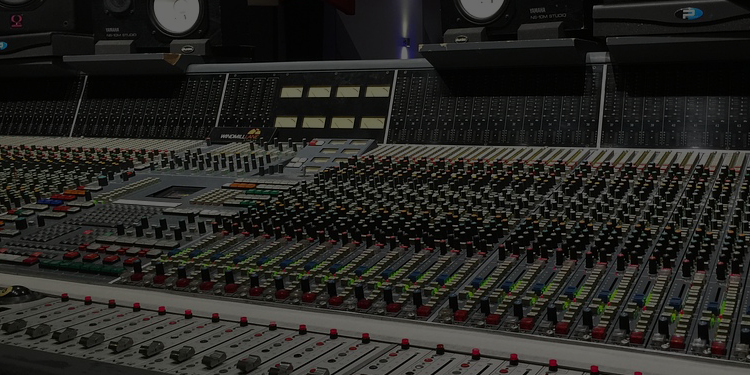
The tempo is 123 BPM and the track is in the C minor scale. Before we start, if you have any questions or suggestions just get in touch with us at Also, make sure to pay attention to the Ableton grid settings in the right corner of every image.ġ) Using Minor Chords with Oscillator Pitching.Īs in Episode 5 from our Deep House Pro Course: Most of the sounds are coming from Sylenth1 and from Ableton’s Instrument Rack default presets. We’ll use Ableton Live 9 as our workstation, but you can follow this with any DAW. Just open your DAW, follow our steps and you’ll come up with something completely different!ġ) Using Minor Chords with Oscillator Pitching

Don’t worry about the terminology, we’ll explain everything. So, if you’re a beginner in this genre and you struggle to come up with a chord progression, we hope this will be a useful read. As stated in the title, this post will try to present 6 basic chord progression tips to use in Deep House. Hello producers, how’s it going? Following our latest post: 7 Deep House Bassline Patters and Techniques, we’ve received a lot of requests to do a beginner’s guide to Deep House chords.

Note before you read: This is a tutorial for beginners only. From our Deep House Series: 7 Deep House Bassline Patterns and Techniques 5 Simple Deep House Production Tips


 0 kommentar(er)
0 kommentar(er)
